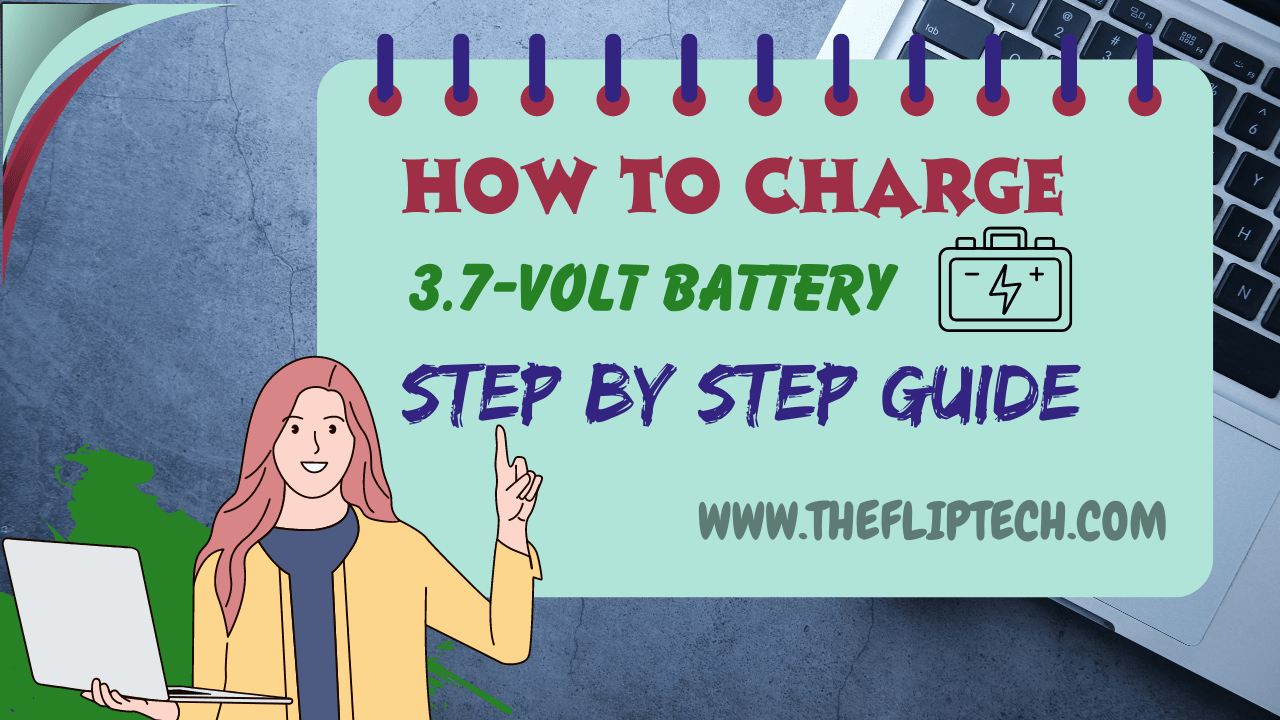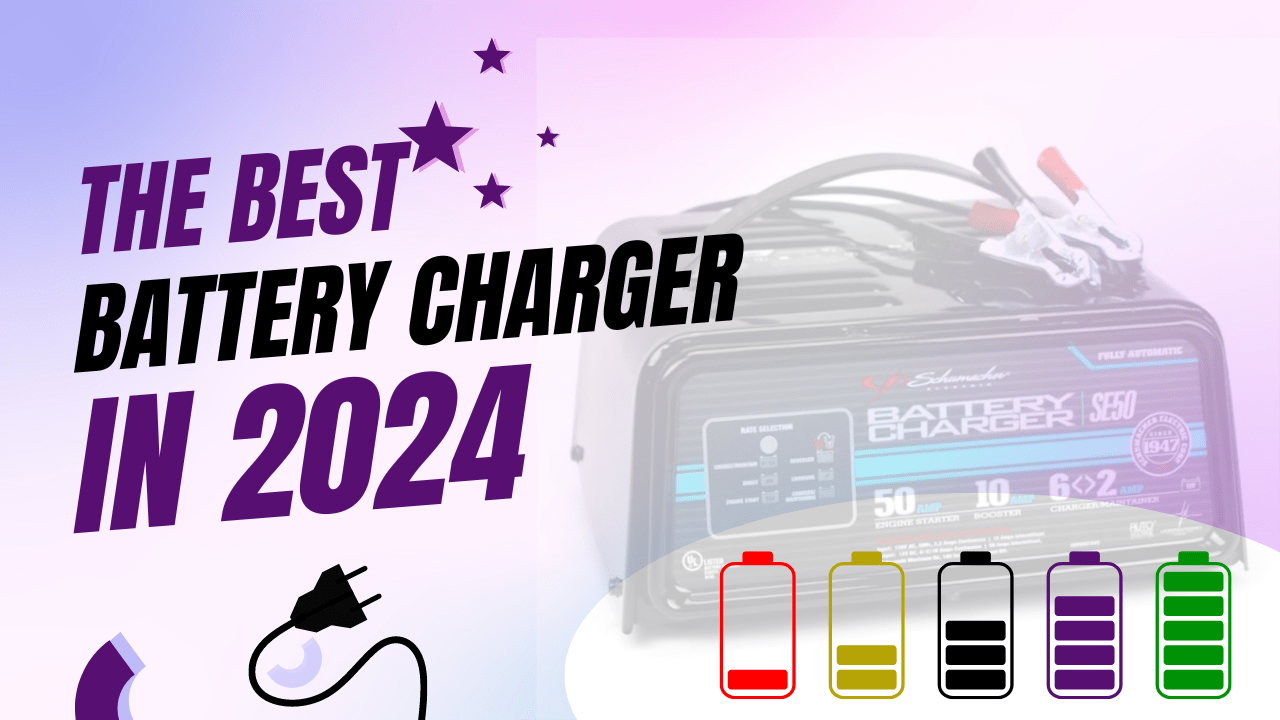How to Charge 3.7-Volt Battery: A Complete Guide
The process of charging a 3.7-volt battery is decisive to taking care of different gadgets such as smartphones or drones. But for all its simplicity, it is worth considering a number of aspects to guarantee its efficiency and safety. In this article, we will shade some light on how exactly one should go about charging a 3.7-volt lithium-ion battery, from the procedure itself to preventive measures as well as hints on how to extend its lifespan.

Understanding the Basics
Before you start to charge your battery, there’s a need to know some important things about 3.7-volt batteries. Popular with portable devices due to their high energy capacity and the ability to be charged again, we also find them in these batteries. Most 3.7-volt batteries are usually lithium-ion (Li-ion) or lithium-polymer (LiPo) batteries, and are also recognized by their light weight and small size.
Choosing the Right Charger
The beginning point in charging a 3.7-volt battery is selecting the right charger. Ascertaining if it is the right one is crucial since there are chargers meant for Lithium-ion/LiPo batteries only; thus, this is what fits your battery best concerning voltage and capacity. Your batteries should never come into contact with chargers having the wrong specifications because such behavior can cause them harm physically, even expose us to danger.

3.7-Volt Battery Charging Process
Step 1: Preparation
Before charging, make sure that the battery does not have any damage or any signs that it is worn out. Do not charge any damaged batteries because they can be dangerous if you do it. It is always advisable to remove batteries from devices that they are attached to before charging to prevent any accidents from happening.
Step 2: Connect the Charger
It is important to connect the charger to the battery properly, otherwise there is a risk of battery damage. Plug your charger into a power source and then put the battery in place. Check if its polarity is correct, as some chargers have symbols indicating where the positive and negative ends touch the charger.
Step 3: Charging: 3.7-Volt Battery
After you connect it, the process of charging is started by the charger. Usually, 4.2 volts is the charging voltage for 3.7 volt batteries. When the capacity of the battery is full, then the charger stops charging automatically.
Step 4: Charging Indicator
The status of the battery-charging process can be determined by the illumination provided by the LED on most chargers. The red light means charging is in progress, and the green light means the battery is fully charged. The green light will turn on only when your battery is fully charged.
Step 5: Testing Battery
When your battery charger shows a green light, your 3.-volt battery is fully charged. Now it is time to test the battery. To test the battery, you can use a DC motor. Run the DC motor with a charged battery. If your battery is fully charged, then your motor will rotate smoothly. If the battery is not working properly, charge the battery again and test it again. Your battery is not giving any output even after recharging, we are sorry to say that your battery is dead, and you will have to buy a new battery.
Safety Precautions for Charge 3.7-Volt Battery

To avoid accidents and damage when charging 3.7-volt batteries, one needs to follow safety precautions.
Avoid charging the battery at extreme temperatures. Usually, the most optimal charging temperature ranges are between zero and 45 degrees Celsius.
- Monitor the Battery: Please do not leave the battery unattended during charging process. Disconnect the force line as soon as charging is complete.
- Charge in a Safe Area: Place your phone on a non-flammable surface while charging.
- Avoid Overcharging: Overcharging may lead to battery degradation or even fire outbreak. Do always use a charger that has overcharge protection.
Tips to Extend Battery Life
For you to maximize the lifespan of your 3.7-volt battery, the following are some tips:
- Avoid deep discharges: Never wait for it to be fully depleted before recharging it, thus making it last long.
- Store properly: Always ensure it’s stored where there is no moisture or humidity.
- Use original chargers: It is always recommended that you use’ the manufacturer’s recommended charger also for compatibility purposes.
- Regular maintenance: Clean battery contacts once in a while to maintain proper contact.
Conclusion
A 3.7-volt battery can be charged quite easily, nonetheless it’s vital that you adhere to safety measures and good charging practices for best results. If you use the proper charger, maintain safe practices and take care of it appropriately. You prolong its life span while ensuring that it serves you reliably all through.
